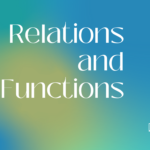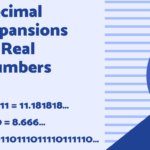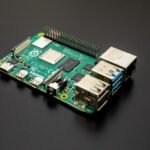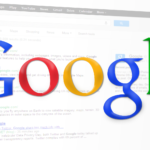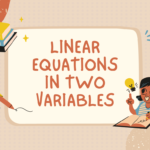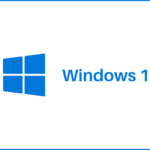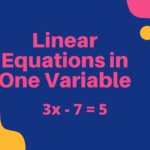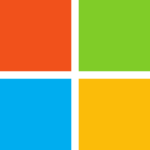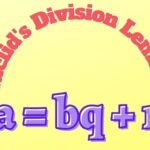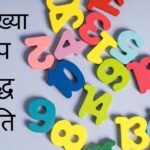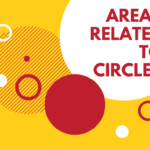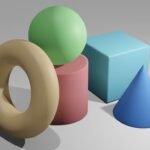Introduction
The theory of sets is given by German Mathematician Georg Cantor. In mathematics, the concept of sets is used in almost every branch. Sets are used to explain the concept of Relations and Functions. The knowledge of sets helps in the study of Geometry, Sequence, Probability, Number Systems, etc. In class 11th, we shall study the definition and representation of sets, empty sets, finite and infinite sets, equal sets, subsets, power sets, universal sets, etc.
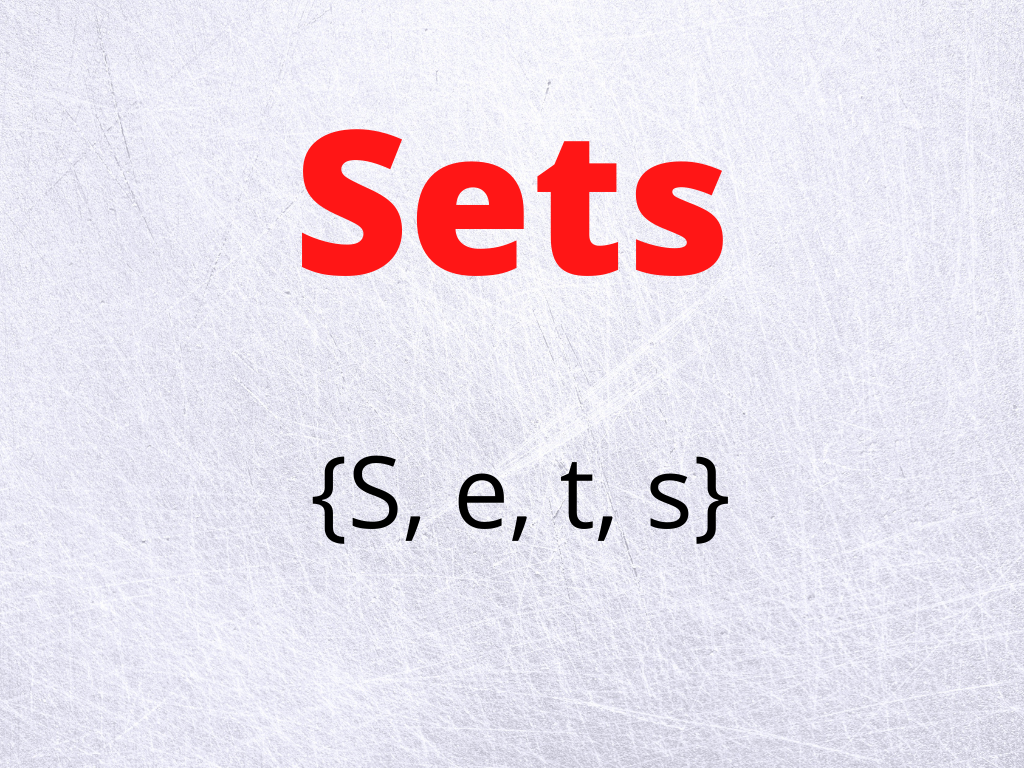
Definition
The collections of well-defined objects are called sets. Examples – collections of books, collections of cars, collections of pens, etc. In Mathematics, these collections are related to their branch-like collections of natural numbers, collections of integers, collections of real numbers, collections of even numbers, etc. Let’s take some collections to understand.
- Positive integers less than 6, i.e., 1, 2, 3, 4, 5
- Religious books like The Geeta, The Mahabharata, The Ramayana, The Bible, and The Quran.
- Odd numbers greater than 10 and less than 20, i.e., 11, 13, 15, 17, 19
- Various types of Quadrilaterals
In the above collections, all the objects are well-defined because every object belongs to its particular collection. For example, we can say that the right-angled triangle does not belong to the collection of various types of Quadrilaterals. But the Rectangle does belong to this collection.
Some examples of sets that are used particularly in Mathematics –
| N: the set of Natural numbers | Z+: the set of all Positive Integers |
| Z: the set of all Integers | Z–: the set of all Negative Integers |
| W: the set of all Whole numbers | Q+: the set of all Positive Rational numbers |
| Q: the set of all Rational numbers | Q–: the set of all Negative Rational numbers |
| T: the set of all Irrational numbers | R+: the set of all Positive Real numbers |
| R: the set of Real numbers | R–: the set of all Negative Real numbers |
Some Important Points –
- Sets are denoted by the capital letters like X, Y, R, A, N, B, C, etc.
- The objects or the elements of the sets are represented by small letters like x, y, r, a, n, b, c, etc.
- Objects, Elements, and Members of a set are related to each other because they all belong to a particular set.
- The objects of a set should be always well-defined.
- If x is an element of a set Z, then we write x ∈ Z. where the Greek symbol ∈ (Epsilon) means ‘belongs to’ so we can say that “x belongs to Z”. if y is not an element of a set Z, then we write y ∉ Z that means “y does not belong to Z”.
How to Represent Sets
There are two methods to represent a set.
- Roster or Tabular form
- Set-builder form
(1) Roster or Tabular form – In this method, we write all the objects related to the particular sets in the middle braces. All the objects are well-defined and separated by commas.
Example – 1) Write the set of whole numbers less than 10.
Solution – A = {0, 1, 2, 3, 4, 5, 6, 7, 8, 9}
Example – 2) Write the set of letters forming the word ‘COLLEGE’.
Solution – B = {C, O, L, E, G}
Example – 3) Write the set of prime numbers.
Solution – C = {2, 3, 5, 7, 11, 13, 17, 19…}
Note – 1) In the Roster form, the elements in the set can be written in any order. For example (1), the set can be also written as {1, 5, 9, 7, 8, 0, 2, 3, 4, 6} or {9, 8, 7, 6, 5, 4, 3, 2, 1, 0}.
2) Any of the elements in the roster form is written only one time that cannot be repeated. In example (2), the letters ‘L’ and ‘E’ are repeated twice but in the set, we have not repeated those letters.
3) In example (3), in the set of prime numbers, the three dots are showing that the prime numbers are infinite.
(2) Set-builder form – In this method, we represent the elements of the set by a symbol and we write the characteristic property of the elements of the set which is separated by a colon. This whole description is enclosed within the middle braces. let’s take an example to understand it clearly.
Example – 1) Write the set for negative integers greater than -5 in the set-builder form.
Solution – A = {x : x is a negative integer and x > -5}
We read it as “the set of all x such that x is a negative integer and x is greater than -5”. Therefore, the elements of set A are -4, -3, -2, and -1.
In the above description, the middle braces stand for “the set of all” and the colon stands for “such that”. If the set is written in the Roster form, then we can write that set in the Set-builder form also.
Example – 2) Write the set V = {2, 4, 6, 8, 10…} in the Set-builder form.
Solution – V = {y : y is an even number}
Example – 3) Write the set for the word ‘HUMAN’ in the set-builder form. Also, write in the Roster Form.
Solution – In Set-builder form, D = {z : z is a letter of the word HUMAN}
In Roster form, D = {H, U, M, A, N}
Example – 4) Write the set E = {0, 1, 8, 27, 64…} in the set-builder form.
Solution – E = {x : x is the cube of a whole number}
We can also write, E = {x : x = n3, where n ∈ W}
The Empty Set
Definition – The set with zero elements is called the Empty Set. The Empty set does not contain any element so it is also called the null set or the void set. The empty set is denoted by the symbol Φ or { }.
Some Examples of Empty Sets –
(1) If A = {x : x2 = 3, x is a natural number}.
We know that the square of any natural number is not equal to 3 so A is the Empty set.
(2) Let B = {x : x is a negative integer greater than zero}.
Here, B will be an empty set because there is not any negative integer that is greater than zero.
(3) Let C = {x : x = ½, 1/3, ¼, where, x is a whole number}.
The values of x are rational numbers, not whole numbers so C is an empty set.
(4) If D = {y : y is a prime number less than 2}.
We know that 2 is the smallest prime number and there is not any other prime number that is less than 2. So, D is an empty set.
(5) If E = {y : y is an even number and y = 5}.
E will be an empty set because 5 is an odd number, not an even number. In all the above examples, all the sets do not contain any element so they all are empty sets.
Finite and Infinite Sets
Finite Set – The set is said to be finite when either it is an empty set or it consists of a certain number of elements.
Examples – 1) X = {1, 2, 3, 4, 5, 6, 7}
2) Y = {x : x is a positive integer less than 10}
Infinite Set – A set that does not consist of a certain number of elements, is called an infinite set. In the set builder form, we can write infinite sets easily but in the roaster form, we cannot write all the elements of the infinite set in the middle braces so we represent the infinite set in the roaster form by writing a few elements of the set followed by three dots.
Examples – 1) A = {x : x is a natural number}
2) B = {2, 4, 6, 8, 10 …} is the set of even numbers.
3) C = {0, 1, 2, 3, 4 …} is the set of whole numbers.
Note – we cannot write those infinite sets in the roaster form which do not follow any particular pattern. For example, the set of real numbers cannot be written in roaster form because the elements of this set do not follow any particular pattern.
Equal Sets
If the elements of two sets are exactly the same then they are said to be equal sets. There are two sets A and B, and the elements of set A are the same as the elements of set B then set A and set B are called equal sets and we can write A = B. If set A and set B are not equal then we write A ≠ B.
Example – 1) set A = {1, 3, 5, 7, 9} and set B = {9, 1, 5, 7, 3} are equal sets or not?
Solution – set A and set B are equal sets because all the elements of set A and set B are exactly the same so A = B.
Example 2) set X = {H, O, N, E, S, T} and set Y = {H, O, N, T, Y, E, S} are equal sets or not?
Solution – as we can see that all the elements of set X and set Y are not exactly the same so set X and set Y are not equal sets X ≠ Y.
Subsets
If there are two sets A and B, and every element of set A is also an element of set B then set A is said to be a subset of set B. In the symbolic form, we can write A ⊂ B. If set A is not a subset of set B then we write A ⊄ B.
When A ⊂ B, if whenever a ∈ A, then a ∈ B. we can write the definition of subsets in the symbolic form using the symbol ⟹ (implies). For sets A and B,
A ⊂ B if a ∈ A ⟹ a ∈ B
We read it as “set A is a subset of set B if a is an element of set A implies that a is also an element of set B”.
For the above sets A and B, A ⊂ B means every element of set A is also an element of set B. If every element of set B is also an element of set A, then we have also B ⊂ A. In this condition, set A and set B are equal sets so we write A ⊂ B and B ⊂ A ⟺ A = B, where the symbol ‘⟺’ is used for two-way implications and read as ‘if and only if.’ In brief, we can write it “iff”.
Note – 1) If two sets are equal sets then they are also subsets of each other. It means every set is a subset of itself. For set X, X ⊂ X.
2) Φ is a subset of every set because Φ is an empty set and has no elements.
3) For sets A and B if A ⊂ B and A ≠ B then set A is called the proper subset of set B and set B is called the superset of set A.
4) If a set has only one element, then it is called a singleton set. Set A = {1} is a singleton set.
Examples 1) The set A = {a, e, i, o, u} is a subset of the set B = {a, b, e, f, g, i, o, u, z} so we write A ⊂ B. Here, A ≠ B so set A is the proper subset of set B.
2) The set N of natural numbers is a subset of the set R of real numbers, and we write N ⊂ R.
3) Let set X = {1, 2, 3, 4, 5, 6} and set Y = {x : x is a natural number and 1 ≤ x ≤ 6}. Then X ⊂ Y and Y ⊂ X so we can write X = Y.
4) Let set Q = {x : x is a rational number} and set T = {y : y is an irrational number}. Then Q ⊄ T and T ⊄ Q.
Power Set
Let set A = {a, b} then its subset will be {a}, {b}, the set itself {a, b}, and the empty set Φ. The set A has four subsets {a}, {b}, {a, b}, and Φ. The set of all these subsets is called the power set of A.
Definition – The collection of all the subsets of a set is called the power set of that set. It is denoted by P(A).
For the above set A,
Power set P(A) = {Φ, {a}, {b}, {a, b}}
Note – The number of the power sets of the above set A is 4 = 22. So, we can make a general formula to find the number of power sets. Let m be the number of elements of a set then the number of power sets will be 2m. For the above set A, the number of elements m = 2, so the power sets will be 22 = 4.
Universal Set
The set under which many sets come or we can say that the set which is a main or basic set for many sets is called Universal Set. The universal set is denoted by U.
Examples – 1) For the set of even numbers, the universal set can be the set N of natural numbers or the set R of real numbers.
2) For the set of vowels in the English alphabet, the universal set will be the set of English alphabets.



